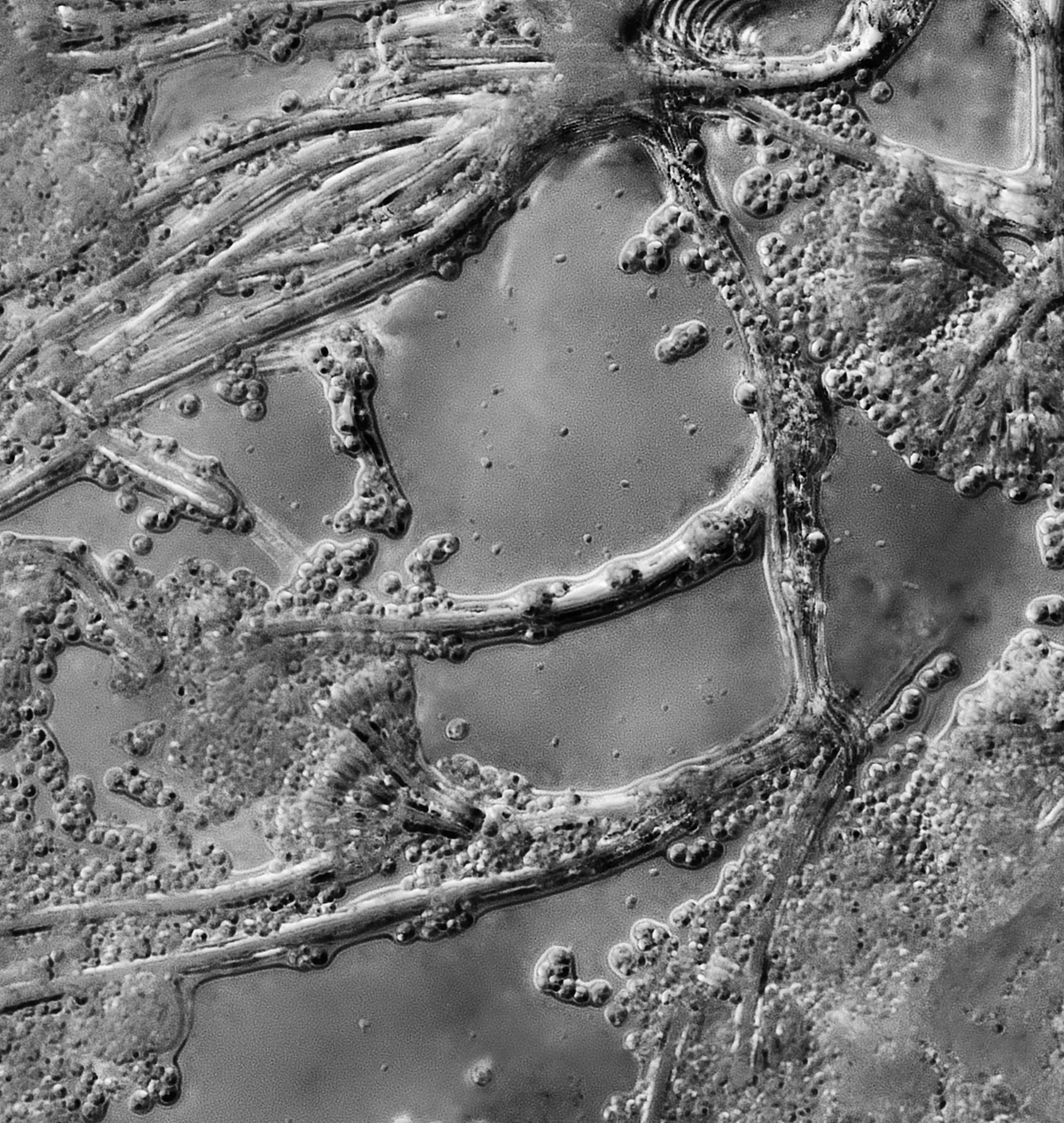Benchmarking Fungal Levels in UK Building Stock
EPSRC DTP-CASE (UK/EU fees only, ref: EP/R513143/1)
Sponsor: Polygon UK
UCL Ethics ID: 20767/001 approved by UCL REC
In-kind support: Mycometer A/S (https://mycometer.com) & HouseTest ApS (www.housetest.co.uk)
PhD Researcher: Spyros Efthymiopoulos [UCL Department of Civil, Environmental and Geomatic Engineering (CEGE) & UK Centre for Moisture in Buildings (UKCMB)]
Supervisors: Yasemin D. Aktas (Principal Investigator, CEGE), Hector Altamirano (UCL, IEDE)
Industry Supervisor: Mike Waterfield
UCL Data protection officer: Alex Potts
Background
Fungal growth in the indoor environment may affect the health, comfort and wellbeing of the occupants or have a serious repercussion to the buildings’ performance through the degradation and damage of materials. In the UK, the number of dwellings being affected by fungal contamination is considered to be significantly high. Therefore, it is crucial that a reproducible and robust methodology is developed, for the assessment of indoor fungi and its associated risks. This project aims to develop a rigorous, reproducible and robust testing protocol for indoor fungal growth assessment and propose benchmarks that will allow the discrimination between typical and atypical levels of indoor fungi in properties that are considered “normal” or otherwise, and needs remediation.
Taking part in our research
You are invited to take part in this project so that the benchmarking process can be informed by the analysis of a sufficiently large dataset.
About the testing protocol
The project involves the following activities: (1) air sampling, (2) surface sampling, (3) questionnaire, (4) (for a subset of properties) long-term temperature and humidity monitoring (using ~5 cm x 5 cm sensors). The whole protocol takes on an average 30 min per room. Please see the attached information sheet and consent form for further details.
What will happen if you decide to take part?
Should you give consent for all activities to be carried out, we will arrange a visit at your property to collect samples and other information. We will also ask you to complete the questionnaire which will inform the benchmarking process. Should you want to opt out from one of the activities e.g. the T&RH monitoring we will only proceed with the other 3 activities.
Please note that all data collected will be fully anonymized, and under no circumstance they can be used to trace back to you in line with our ethics approval (ref 20767/001). We will not be able to contact you and inform you of the results with regards to the sampling readings or the monitoring as we aim to delete all personal data that could allow tracing back to you. However, we will be assigning a random 5digit ID to every building and room tested so that participants who are interested on receiving information with regards to their property can contact us and get informed of the fungal testing results.
Thank you very much for taking the time to read this and for considering take part in this research
Contact for further information
Please contact Spyros Efthymiopoulos or Yasemin D. Aktas if you have any queries about this research.
Project Publications:
- Efthymiopoulos, S, Aktas, Y., & Altamirano, H. (2023) Mind the gap between non-activated (non-aggressive) and activated (aggressive) indoor fungal testing: impact of pre-sampling environmental settings on indoor air readings. UCL Open Eviron. Vol. 5. DOI: 10.14324/111.444/ucloe.000055
- Chen, B., Barrett, E., Efthymiopoulos, S. and Altamirano, H. (2022) Effect of indoor lights on development of Aspergillus versicolor in buildings. Gauthier, et al. (eds.) In Proceedings of the 11th Masters Conference: People and Buildings. vol. 1, University of Southampton. pp. 103-108 . (doi:10.5258/SOTON/P1100).
- Qi, Y., Efthymiopoulos, S. and Altamirano, H. (2022) An experimental investigation of how human activities affect the behaviour of indoor airborne particles. Gauthier, et al. (eds.) In Proceedings of the 11th Masters Conference: People and Buildings. vol. 1, University of Southampton. pp. 37-42 . (doi:10.5258/SOTON/P1089).
- Efthymiopoulos, S., Altamirano, H., & Aktas, Y. D. (2021). The effect of the airflow pattern inside air gaps on the assessment of interstitial mould: A theoretical approach. Building Services Engineering Research and Technology, 42(6), 639–651. https://doi.org/10.1177/01436244211020470
- Efthymiopoulos, S, Aktas, Y., & Altamirano, H. (2021). Air sampling and analysis of indoor fungi : a critical review of passive (non- activated) and active (activated) sampling. Air Sampling and Analysis of Indoor Fungi : A Critical Review of Passive (Non- Activated) and Active (Activated) Sampling. https://doi.org/10.14293/icmb210021
- Aktaş, Y.D.*, Reeslev, M., Altamirano, H., May, N., D’Ayala, D. (2020) Normal background levels of air and surface mould reserve in English residential building stock: a preliminary study towards benchmarks based on NAHA measurements, UCL Open: Environment 1, pp.1-9, doi: 10.14324/111.444/ucloe.000005
- Efthymiopoulos, S, Altamirano, H., & Aktas, Y. (2020). Developing a methodology to detect mould hidden behind internal wall insulation. UCL Microbiology Symposium, London.
- Efthymiopoulos, S, Altamirano, H., & Marincioni, V. (2020). Assessment of interstitial mould growth through impaction: a feasibility study. E3S Web of Conferences, 172, 20009–20009. https://doi.org/10.1051/e3sconf/202017220009
- Efthymiopoulos, S, Altamirano, H., & Marincioni, V. (2019). Assessment of mould growth between elements of exterior constructions. Proceedings of the MC2019 Masters Conference People and Buildings.
- Aktaş, Y.D., Altamirano, H., Ioannou, I., May, N., D’Ayala, D. (2018) Indoor Mould Testing and Benchmarking: A Public Report, UK Centre for Moisture in Buildings (UKCMB), London
- Aktaş, Y.D.*, Ioannou, I., Altamirano, H., Reeslev, M., May, N., D’Ayala, D., Canales, M. (2018) Surface and passive/active air mould sampling: A testing exercise in a North London housing estate, Science of the Total Environment 643, pp. 1631-1643, DOI:10.1016/j.scitotenv.2018.06.311
- Aktaş, Y.D.*, Shi, J., Blades, N., D’Ayala, D. (2018) Indoor mould testing in a historic building: Blickling Hall, Heritage Science 6(51), pp. 1-9, doi: 10.1186/s40494-018-0218-x
- Aktaş, Y.D. (2016) Mould: Is it really an unbeatable monster?; UK Centre for Moisture in Buildings (UKCMB) Blog
